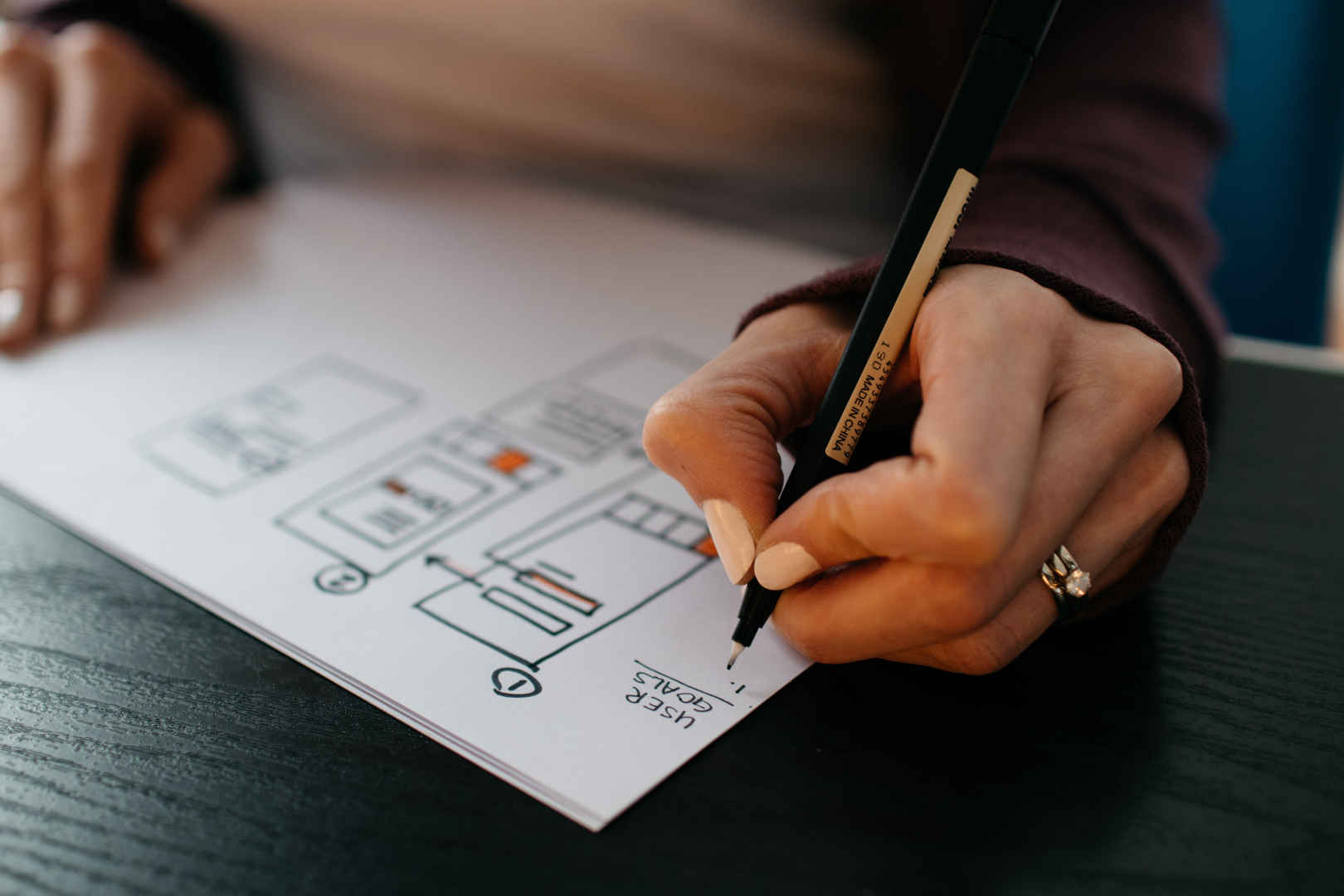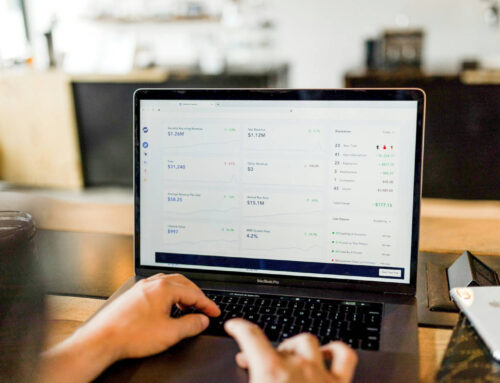Now that the digital marketing space is maturing, the focus is increasingly on the finer details of digital experiences. Most marketers already recognize the importance of major pillars like email, social media, and web design. Plenty of different software and service options are available to help organizations in need.
Success on a broad level in channels like email marketing and social media is still vital, but they’ve become the minimum barrier to entry for top-quality B2B marketing. In 2023 and beyond, the best marketers will not only be nailing the larger elements of their funnels but also understand how to give prospects a desirable experience through the less obvious aspects of their campaigns.
We call them less obvious because, individually, it may not seem like the details that comprise user experience (UX) considerations will have that big of an impact on the success of a funnel. But when combined, these factors can determine whether a prospect has a positive or negative overall experience with your funnel, which in turn impacts their decision to do business with you.
Below, we’ll talk about three crucial UX elements of your funnel that you might have overlooked and give tips on addressing them in your campaigns.
Progress Bars and Indicators
In today’s world of increasingly crunched deadlines, dwindling attention spans, and bite-sized content, your prospects’ time is likely stretched thinner than ever before. That’s why it’s important to show appreciation for every second they give your marketing by explaining how much time it’s going to take for them to get through each part of your form.
Research shows that using progress bars can make people more willing to devote time to a form or wait for a page to load. Of course, you shouldn’t make users wait long for elements on your page (we’ll get to that in the next section), but there’s always going to be some level of load time. Similarly, it will always take some time for a prospect to give you the information needed to advance the sales cycle. The best you can do is make that time as painless as possible.
Of course, the B2B world can be a little different. When it comes to complex sales cycles or those in industries with many regulations, most prospects understand that it’ll take some time to get through their buying journey. On a macro level, B2B transactions generally take longer than B2C. While you can use that to your advantage by requesting more information at an earlier stage in the buying process, never take for granted the time prospects’ are willing to invest in your funnel. Progress bars, page numbers, and completion time estimates are all helpful tools for this area.
It will always take some time for a prospect to give you the information needed to advance the sales cycle. The best you can do is make that time as painless as possible. Share on XPage Speed and Responsiveness
We’ve paired these ideas together because they are both ultimately technical requirements for your website and its funnel elements. Your site needs to load quickly enough to stop people from getting impatient and leaving. It also needs to load properly on each device a prospect could use to visit your funnel. Both concepts have been critical in B2B marketing for quite some time, yet we still come across plenty of organizations leaving a lot to be desired with how their page appears to users.
Page speed is vital for the UX of your funnel, in part because of the short attention spans of modern web users. According to Google, the chance a user will bounce increases by 32% after a page’s load time reaches 3 seconds. You don’t want your funnel to stick out like a sore thumb when a user has been browsing other fast-loading pages, a situation we, unfortunately, encounter with clients in industries like healthcare and manufacturing.
As for responsiveness, there’s a straightforward standard your funnel elements should live up to; they must be viewable and equally usable on any device. Page visitors shouldn’t have any issue navigating your funnel site, whether using a keyboard, stylus, or their fingers on a touchscreen. Remember to frequently test different versions and sizes of your funnel as part of your efforts to optimize conversions.
Content Quality and Tone
This final area is more abstract, but it might be the most important. “Content” doesn’t simply mean the writing on your forms, landing pages, or other funnel elements. It’s an all-encompassing term that combines those elements with their design, multimedia, and the trade-off you’re looking for users to make (typically filling out a form for some kind of asset).
Take a step back and simplify your campaign to its essentials: what are you offering? Is it compelling enough for prospects to give you what you’re seeking from them? A law firm’s office manager may be willing to provide their name and email address for an eBook but may not want to provide their physical address, phone number, or other personal details. On the other hand, if you’re working on some kind of funnel further along the pipeline, like an appointment or consultation request, prospects may be more willing to give you that type of information.
The tone of your funnel content is also important for the user’s experience. Part of this is human nature – people inherently want to like and trust others they meet who are similar to themselves. However, when it comes to B2B transactions, buyers are responsible for ensuring they’re working with vendors with a sufficient understanding of their field. Writing is, of course, a big element of your tone. Other factors can include:
- The clothes worn by people in video content
- The colors in your funnel’s design
- Fonts and typefaces used in parts of your funnel
- The use of industry-specific jargon
In many cases, prospects don’t expect vendors to have the same depth of knowledge about a field – an accounting firm purchasing business software probably won’t expect the developer to be able to audit their books, for example – but they do expect them to be familiar with critical elements of the industry and how they work. Even if it’s communicated subtly, showing prospects your understanding of their needs can go a long way in improving your funnel.
Where to Start With UX Considerations in Your Funnel
Each of these three areas of UX is relatively involved and could require its own campaigns to address. There are many other UX factors, some of which might even be more important to address in your funnel than the ones listed here. Knowing this, how do you decide where to begin with optimizing your funnel?
There’s only one answer: experiment, analyze the data, iterate, and repeat the cycle. It’s easy to guess what will be the most effective way to improve the UX of your marketing elements. But with actual data – conversion rates, heat maps, bounce rates, and ROI – you can see which parts of your funnel need fixing.
Looking for assistance running these tests, or simply want to get a few more sets of (expert) eyes on your funnel UX optimization? Our team at FunnelEnvy is ready to jump in and help. Just click this link and fill out a short questionnaire to learn more about our pricing and how we can ensure your prospects have a better experience with your marketing elements in 2023 and beyond.







